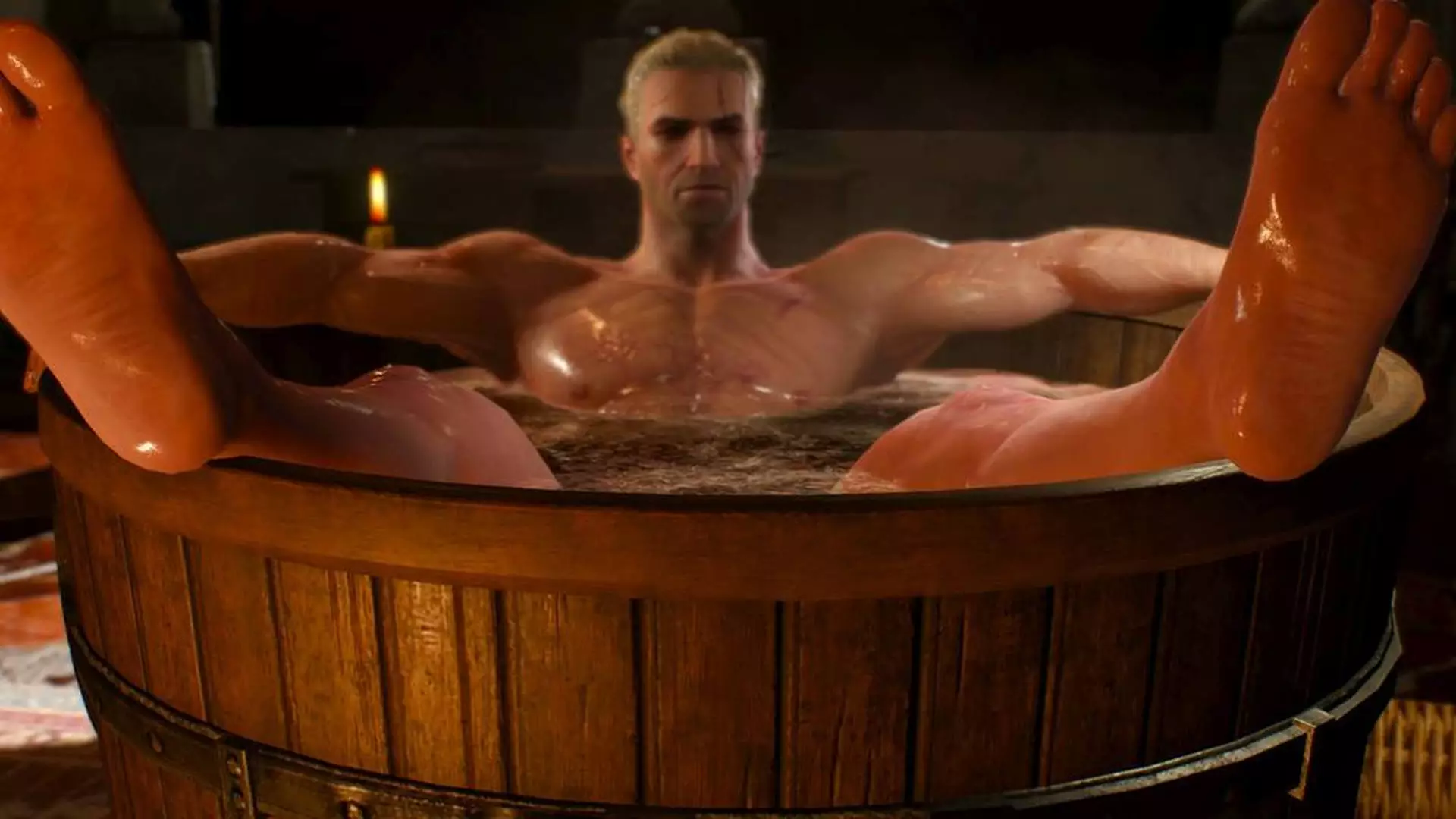As game design continues to evolve, developers often find themselves at a crossroads between innovation and player immersion. In a recent revelation from CD Projekt Red regarding *The Witcher 3*, the studio shared an abandoned concept that could have drastically altered the gameplay experience: a swimming mechanic which effectively required protagonist Geralt of Rivia to strip down and leave his heavy armor behind before entering any body of water. This insight, whilst intriguing, showcases the perennial tension within the gaming industry—the balance between realism and fun.
On the surface, this mechanic seems to enhance immersion, forcing players to rethink their actions and the implications of their gear. However, one must question whether this added layer of realism genuinely contributes to the gameplay experience or simply complicates it unnecessarily. The idea of Geralt drowning under the weight of his armor is a dramatic one, yet it poses a fundamental flaw in the fluidity of gameplay that many players cherish. Gameplay should empower players, rather than impose constraints that could lead to frustration.
The Risk of Realism
Imagine embarking on a quest, only to be halted by the need to shed armor before crossing a river. For short swims or minor explorations, this might feel like a fun biomechanical quirk. However, a deeper dive into *The Witcher 3* reveals that long explorations underwater are common, and the potential of Geralt being endlessly forced to disrobe could become tiresome. The luxury of diving with all your equipped gear encourages exploration, spontaneity, and adventure, essentials that define the very heartbeat of the game.
Realism can be a double-edged sword in game design. While it may enhance a narrative’s authenticity, overzealous attempts to ground a game’s mechanics in reality can become tedious and detract from enjoyment. Historical anecdotes—like the purported drowning of Holy Roman Emperor Frederick Barbarossa—do offer poignant lessons, yet translating such grim examples into game mechanics can be a misstep. The essence of *The Witcher 3* lies in compelling storytelling, beautiful landscapes, and a gameplay loop that feels seamlessly engaging. A mechanic requiring constant adjustment of equipment trivializes the effort put into the game’s rich lore and engrossing quests.
The Devs’ Subtle Wisdom
The admission from CD Projekt Red that this swimming mechanic didn’t progress past the ideation stage reflects acute awareness of their audience’s preferences. This serves as a tacit acknowledgment that the player experience ultimately trumps even the most interesting design ideas. It’s not merely about what sounds appealing on paper; it’s about the hours of immersive gameplay that informs players’ connections to the world, the characters, and their journey through it.
This rejection of the drowning mechanic might also indicate that the studio understands the value of feedback from their audience. By engaging with the community and reflecting on the likely reactions to such gimmicks, developers can hone their designs more closely to what players desire and expect. The legacy of *The Witcher 3* owes precisely to this understanding, earning it a cherished place in gaming history.
Ultimately, while ideas like Geralt drowning in water laden with armor may seem like creative exercises, they serve to remind the gaming community of an essential truth: the line between innovation and enjoyment is fragile, and crafting compelling experiences often requires setting aside the allure of the ultra-realistic in favor of the simply fun.


Leave a Reply